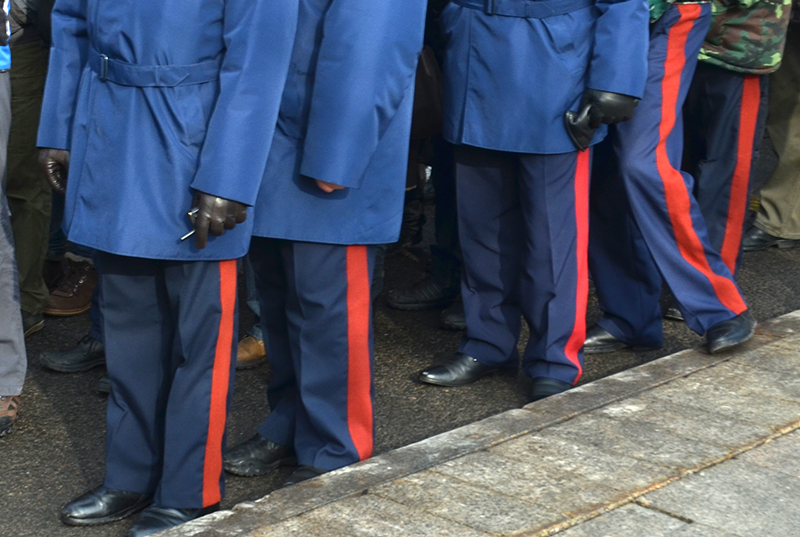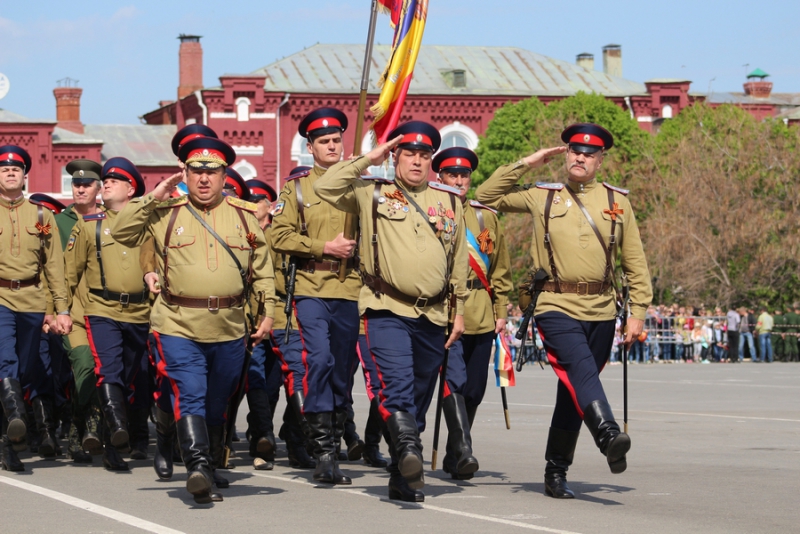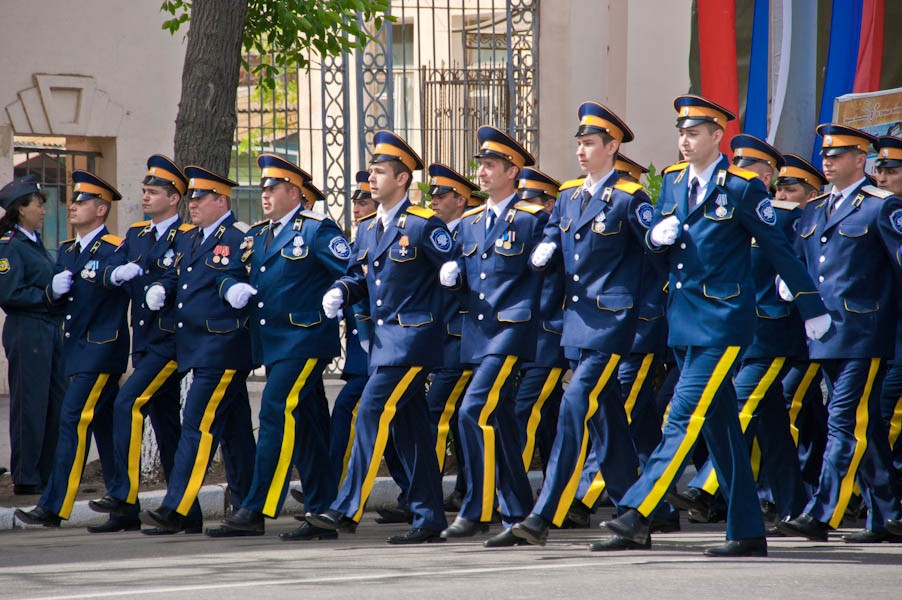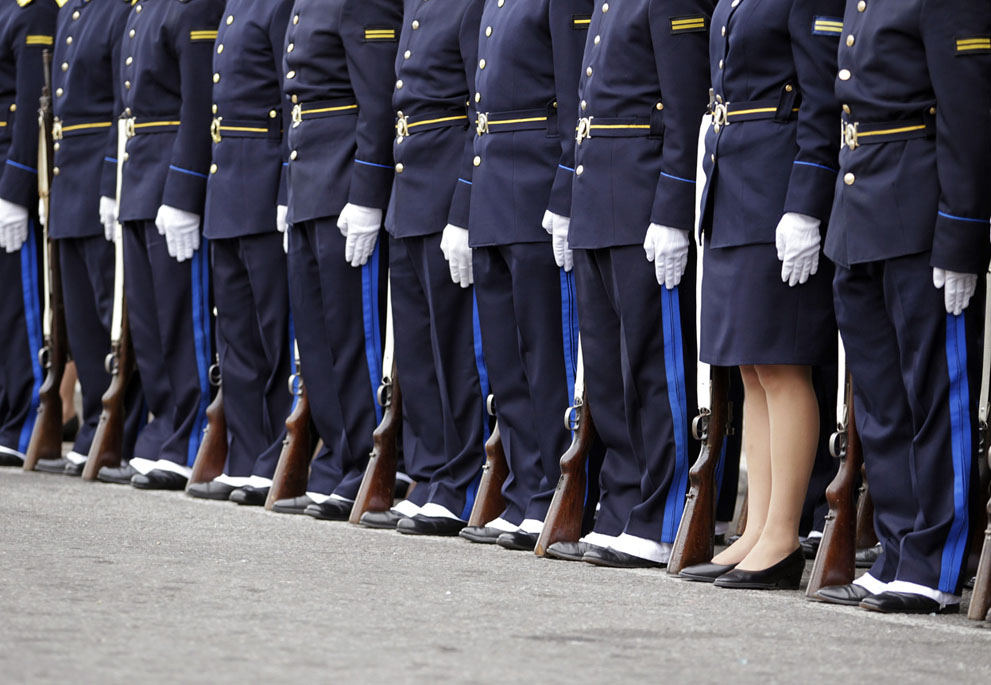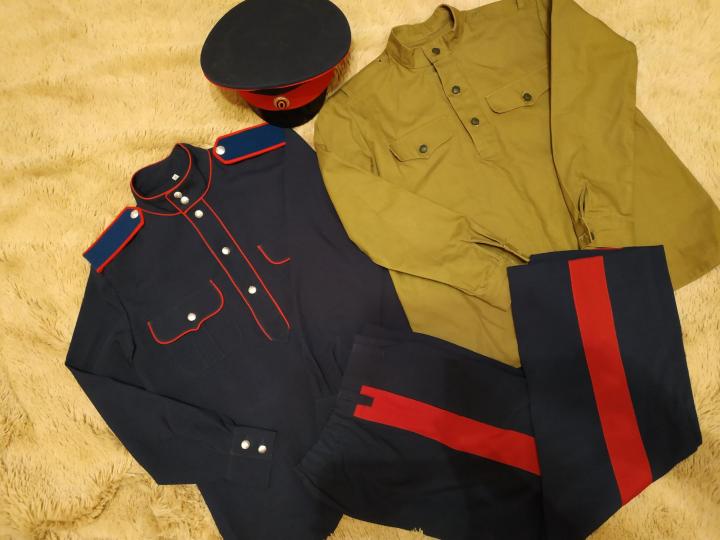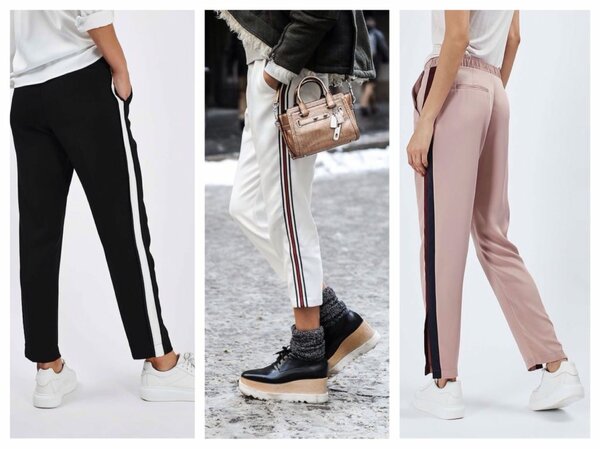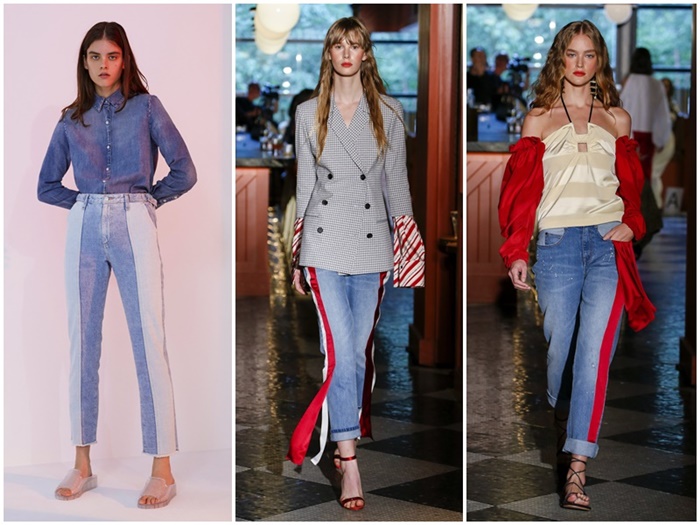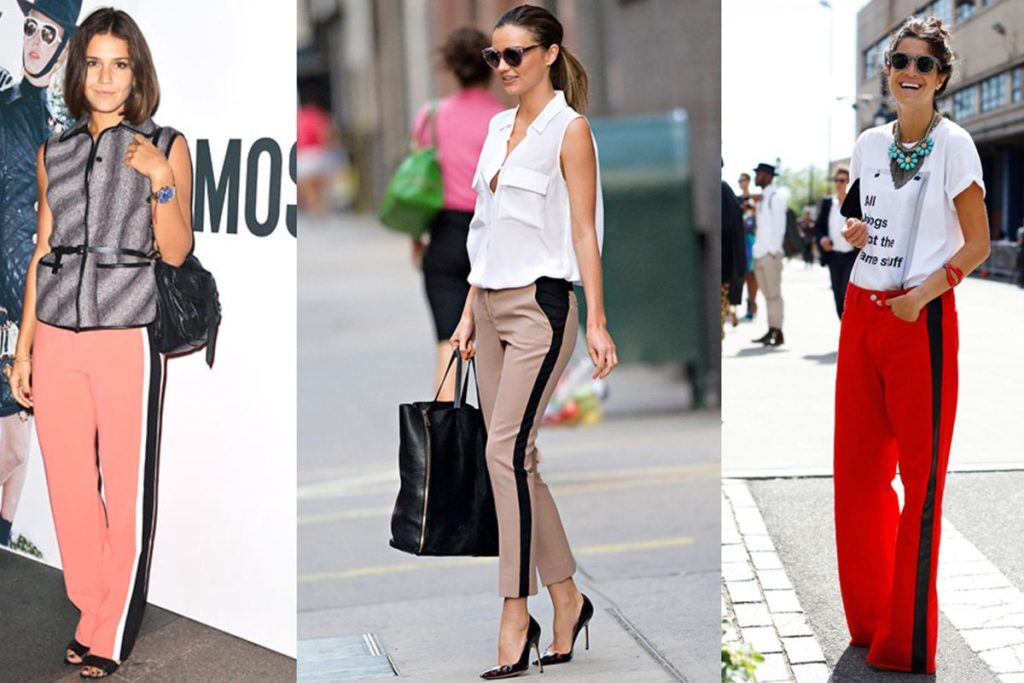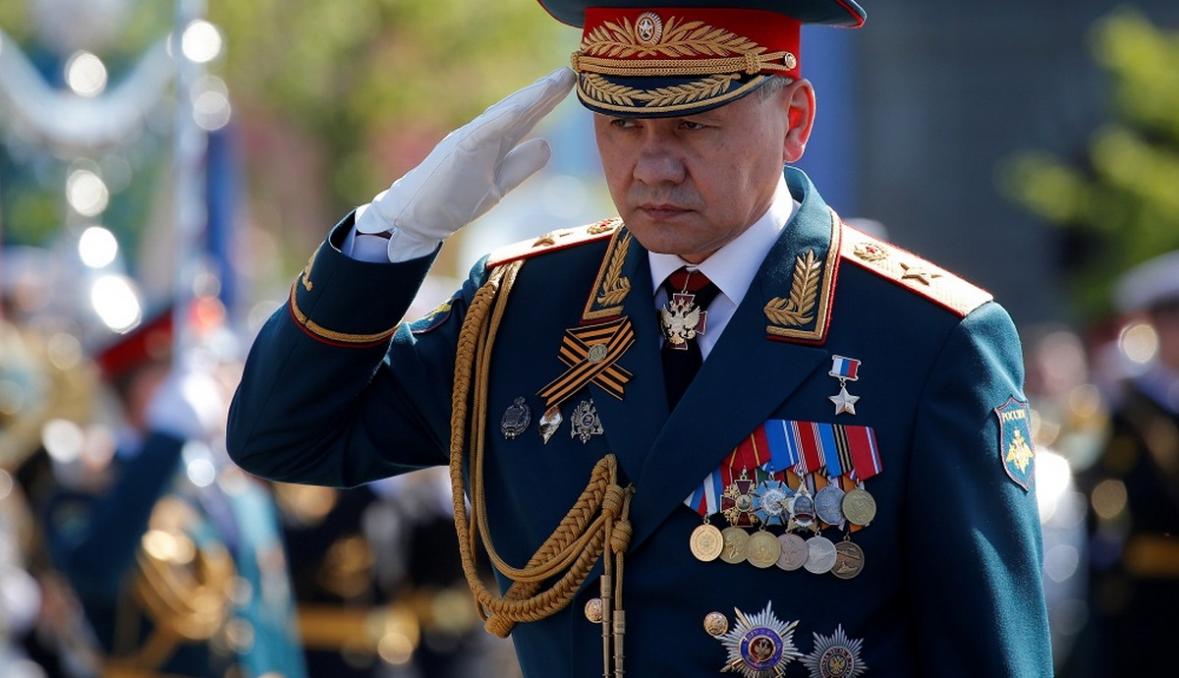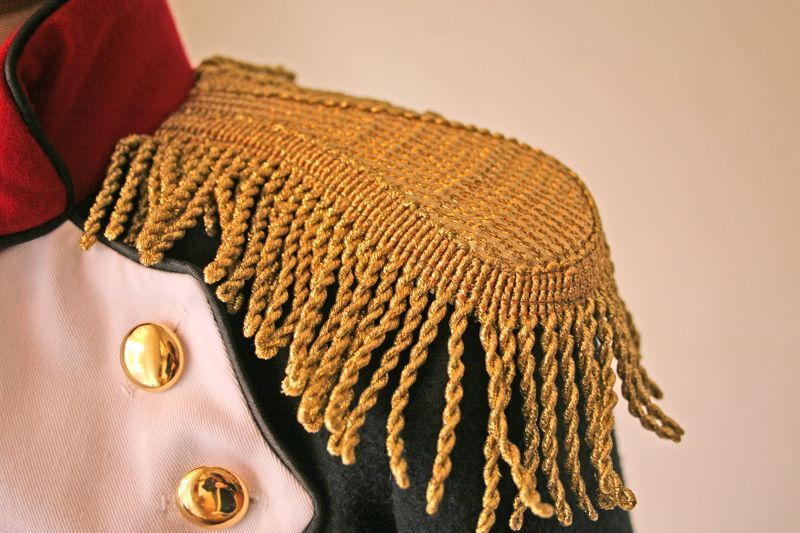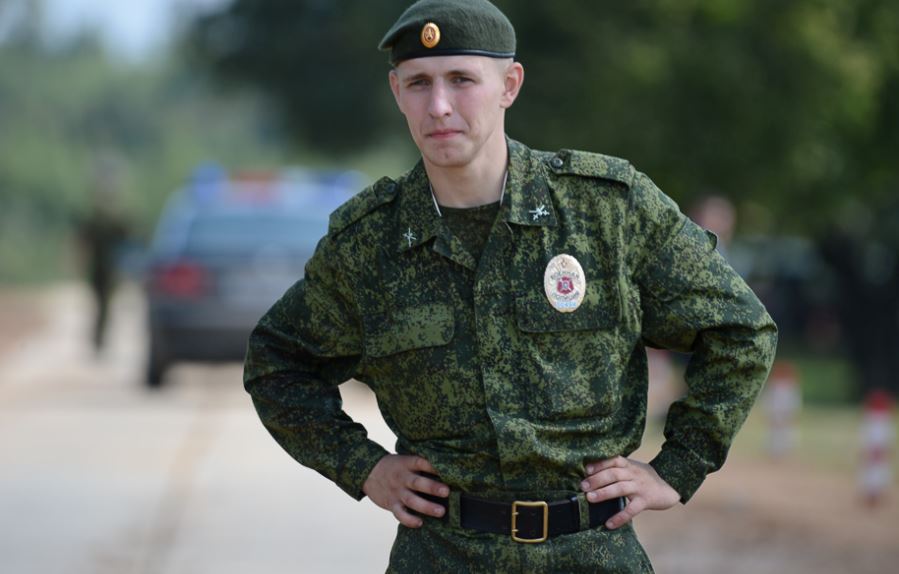Trousers have become such an everyday wardrobe item that they are perceived as ordinary. You can add creativity and diversify the image not only with an original style, but also with thin fabric stripes. It is generally accepted that stripes are decorative elements on the outside of the trouser leg. A colored insert can transform clothes and add some zest. And this year, it is also a fashion trend.
What are they?
Stripes used to be worn on the outside of officers' and generals' trousers. Now they can be seen on sportswear and casual trousers. Naturally, the stripes made of fabric on modern items do not carry any special meaning.
According to one version, such inserts first appeared among the Cossacks, who adopted them from the Scythians. They served as a distinctive sign of belonging to a class, and were a kind of symbol of independence.
Cossack stripes are single stripes of the colors of the corresponding troops. Unlike the regular army, the Cossacks wore them as a symbol of freedom. They were an important attribute, demonstrated with pride. Even in peacetime, the inserts were part of the equipment. Many Cossack troops still use them in their uniform. The representatives of the domestic regular army wore stripes later. Suvorov cadets and students of special military institutions were allowed to wear thin red, blue or light blue stripes.
History of origin
According to legend, after one of the battles, the Cossacks of high rank were given blue kindyak and scarlet crimson stripes as a reward for their bravery. But they, deciding to show that all warriors were equal, ripped the clothes they had been given. So each of them got a stripe. This is where the opinion came from that the Cossacks' stripes are a symbol of freedom and independence.
In Tsarist Russia at the end of the 18th century, during the reign of Paul I, the distinctive colored stripes were removed, being considered outdated. But literally 30 years later, Emperor Alexander I returned the stripes. Initially, their color depended on which unit a person belonged to:
- red - for generals;
- blue – for aviation;
- crimson - for the quartermaster service, engineering and technical troops;
- Only some Cossacks wore yellow stripes.
Despite the fact that shortly before the beginning of the Great Patriotic War new colors were introduced (cornflower blue, green, crimson), in the year of victory it was decided to make all the stripes red. Now double stripes of the color in question are a privilege of military generals.
Colored inserts, as additional attributes of the uniform of the Russian army, were introduced in 1873. Stripes were used to identify a command position. In wartime, they were abolished so as not to give away the commander of the composition.
Color differences
Nowadays, the color of the stripes can be any. This is a tribute to fashion, design, nothing more. But for the Cossacks and the military, the shade was of great importance, and it was forbidden to change it arbitrarily. The color could be used to determine the type of Cossack troops:
- Yellow – Ussuri, Astrakhan, Transbaikal and Amur.
- Red - Don, Yenisei.
- Raspberry - Kuban, Ural.
- Light blue – Orenburg, Terek.
- Scarlet ones are Siberian.
In the modern Russian army, all the stripes on trousers are red. This was introduced in 1945. Before that, the piping decorated the military trousers of generals:
- Blue or azure – for aviation.
- Crimson – for signal troops, engineering and quartermaster personnel.
- Light blue – for generals of the NKVD of the USSR.
- Pale green - for border guards.
Now cadets and Suvorov cadets wear an azure stripe, which is located on the outside of the trouser leg. The distinctive feature is that there is one insert and it is very thin. However, representatives of special educational institutions still wear uniforms with stripes with pride.
Modern fashion trend
Military style appears on the catwalks in different forms, but stripes have become especially relevant. They add originality to the product and emphasize the length of the legs. They complement both a sporty and casual look. Colored inserts do not indicate belonging to any class, do not carry any conceptual meaning.
The lack of restrictions made the fashion trend relevant even after several seasons. The material of manufacture is any, be it fabric, leather or mesh. The stripe still remains vertical, but designers are free to place it not only on the outside, but also on the inside. The width varies from 0.5 cm to 10 cm.
In a modern interpretation, stripes can be found not only in the styles that are natural for their use - military and casual, but even in evening and business clothes. Fashion designers create items with colored inserts for different occasions. They can be found more and more often on:
- jeans;
- sweatpants;
- joggers;
- pajamas;
- leggings;
- classic trousers.
If your wardrobe is no longer pleasing and you want something fresh and fashionable, then you should not immediately run to the store. You can think about how to update old clothes. Stripes will help transform an old thing, today it is in trend. You can cut them out of the existing fabric, ribbon, embroidered braid will also work for decoration.
Thanks to designer fantasy, colored stripes have appeared not only on trousers, but also on skirts and dresses. Of course, they cannot be formally called stripes, since this definition (historically) applies only to trousers. Inserts can be plain, polka dot, checkered. Animalistic, plant, floral, geometric prints are very popular.
Video

